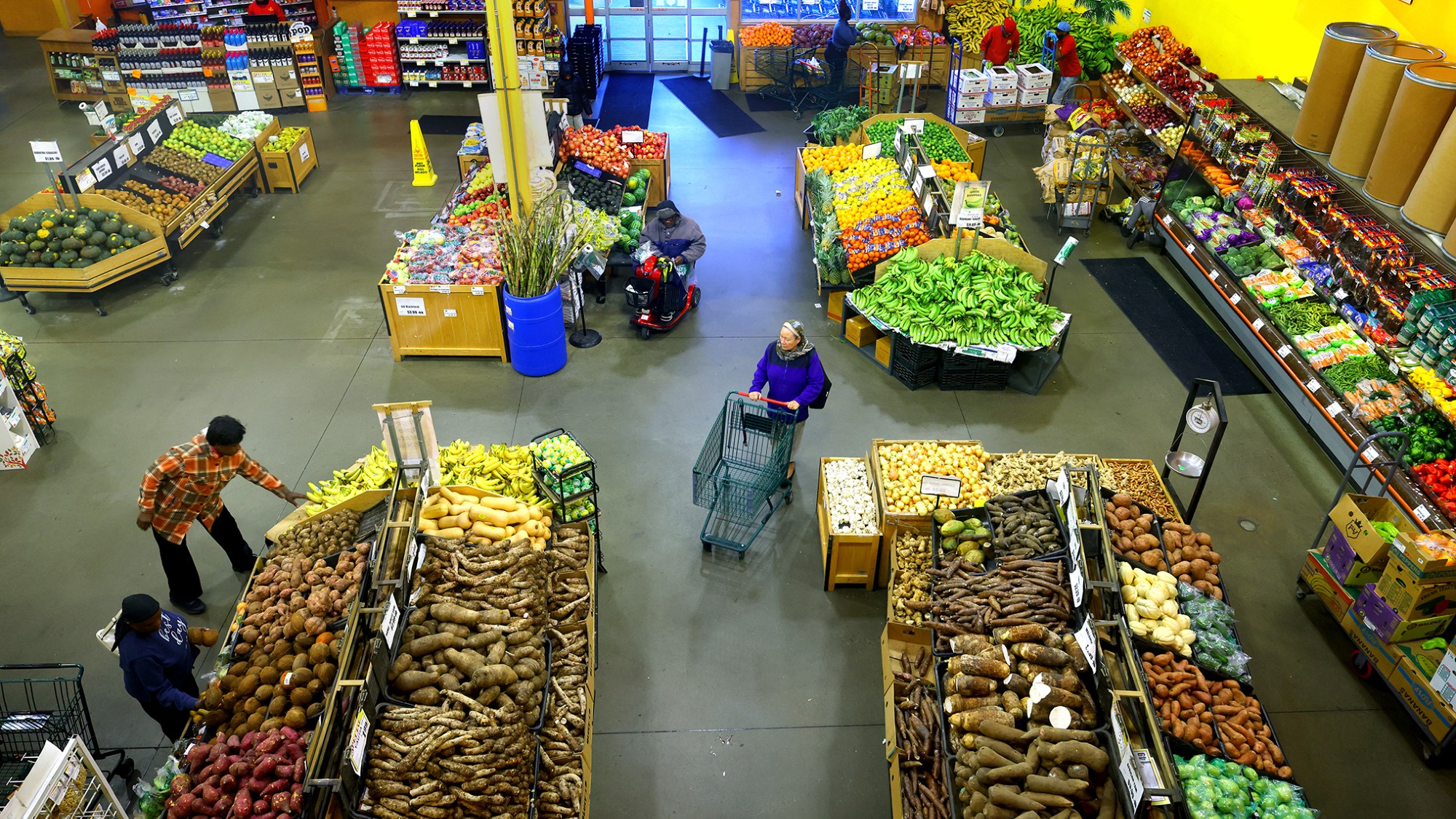The week at a glance...Americas
Americas
Ottawa
Maple mistake: Canada’s new, high-tech $20 bill features an image of a maple leaf that is not Canadian. Botanists say the leaf portrayed is not from a native sugar maple, but from an invasive Norway maple, which has been aggressively displacing native varieties for centuries. “It’s probably not an appropriate species to be putting on our native currency,” said botanist Sean Blaney. The Bank of Canada said the image is meant to be a “stylized” leaf, not any particular species. But that’s not the only problem with the bill, made of a long-lasting polymer instead of paper: It reportedly shrinks or melts in high heat.
Mexico City
The Week
Escape your echo chamber. Get the facts behind the news, plus analysis from multiple perspectives.

Sign up for The Week's Free Newsletters
From our morning news briefing to a weekly Good News Newsletter, get the best of The Week delivered directly to your inbox.
From our morning news briefing to a weekly Good News Newsletter, get the best of The Week delivered directly to your inbox.
Water flowing underground: Mexico City may have found the solution to its chronic water shortage. Officials announced the discovery of a huge, deep aquifer more than a mile below the surface that could supply the city for the next 100 years. The shallower aquifers in the region have been overpumped for years, causing Mexico City to sink about a foot per year in some spots. The sinkage is unsightly and dangerous, as it makes buildings dating from the colonial era lean, sag, and sometimes crumble. The aquifer discovery is “one of the biggest successes for the city in its history,” said municipal water official Ramón Aguirre.
Guatemala City
Legalize it: Guatemalan President Otto Pérez Molina has become the latest Latin American leader to come out for legalization of cocaine and other narcotics. Pérez Molina told The Observer (U.K.) this week the war on drugs had spurred a devastating crime wave in his country as cash-rich drug gangs subverted government. Western countries, he said, don’t appreciate that criminal gangs are “weakening democracy” throughout the hemisphere. “Drug traffickers have been able to penetrate the institutions in this country by employing their resources and money,” he said. “We are talking about the security forces, public prosecutors, judges.”
Lambayeque, Peru
A free daily email with the biggest news stories of the day – and the best features from TheWeek.com
Die-off: Corpses of dolphins, sea lions, and pelicans are washing up on Peru’s coast, continuing a die-off that began last year. The Peruvian government says that the animals all appeared to have died of natural causes stemming from warming oceans. The pelicans, for example, apparently starved to death because their main food, anchovies, can’t survive in warmer water. Last year, hundreds of dolphins died suddenly in the same region, and while scientists ruled out starvation, pollution, and collision with fishing vessels, they could not determine the reason.
-
 Is $140,000 the real poverty line?
Is $140,000 the real poverty line?Feature Financial hardship is wearing Americans down, and the break-even point for many families keeps rising
-
 Film reviews: ‘The Secret Agent’ and ‘Zootopia 2’
Film reviews: ‘The Secret Agent’ and ‘Zootopia 2’Feature A Brazilian man living in a brutal era seeks answers and survival and Judy and Nick fight again for animal justice
-
 Trump: Losing energy and support
Trump: Losing energy and supportFeature Polls show that only one of his major initiatives—securing the border—enjoys broad public support
-
The news at a glance...International
feature International
-
The bottom line
feature Youthful startup founders; High salaries for anesthesiologists; The myth of too much homework; More mothers stay a home; Audiences are down, but box office revenue rises
-
The week at a glance...Americas
feature Americas
-
The news at a glance...United States
feature United States
-
The news at a glance
feature Comcast defends planned TWC merger; Toyota recalls 6.39 million vehicles; Takeda faces $6 billion in damages; American updates loyalty program; Regulators hike leverage ratio
-
The bottom line
feature The rising cost of graduate degrees; NSA surveillance affects tech profits; A glass ceiling for female chefs?; Bonding to a brand name; Generous Wall Street bonuses
-
The news at a glance
feature GM chief faces Congress; FBI targets high-frequency trading; Yellen confirms continued low rates; BofA settles mortgage claims for $9.3B; Apple and Samsung duke it out
-
The week at a glance...International
feature International